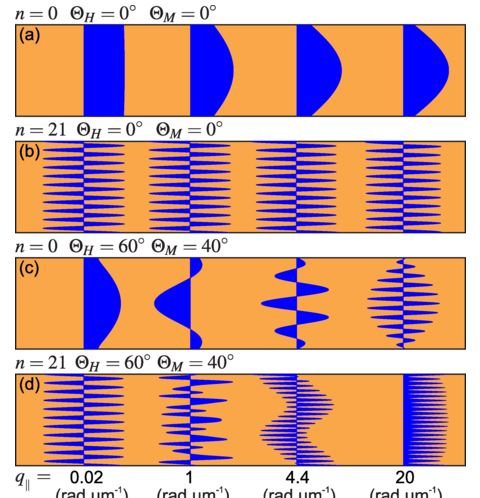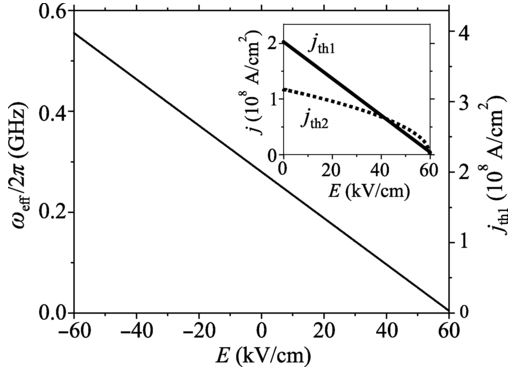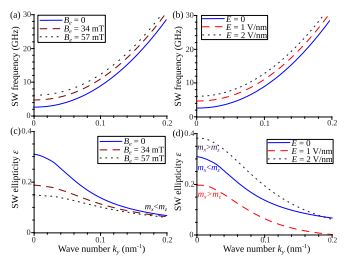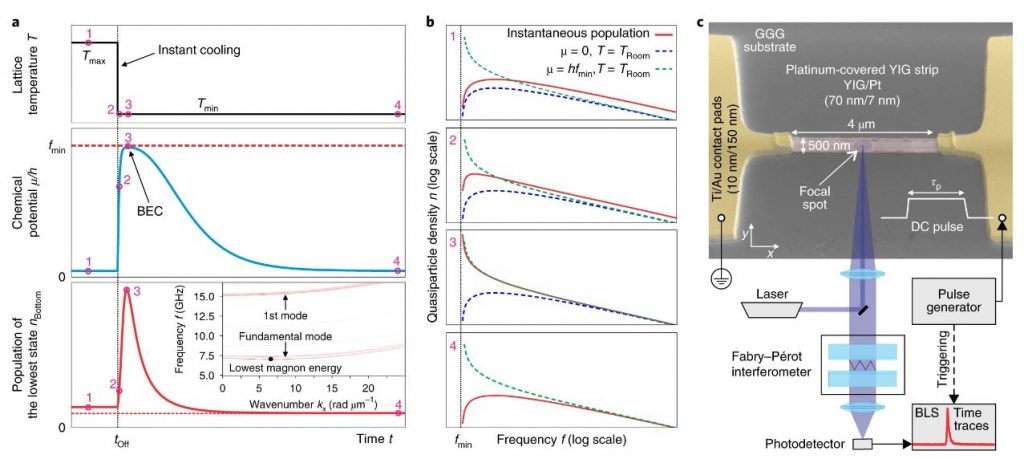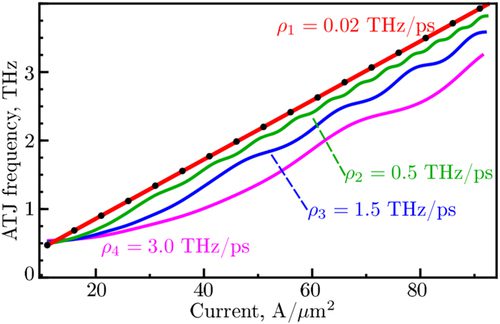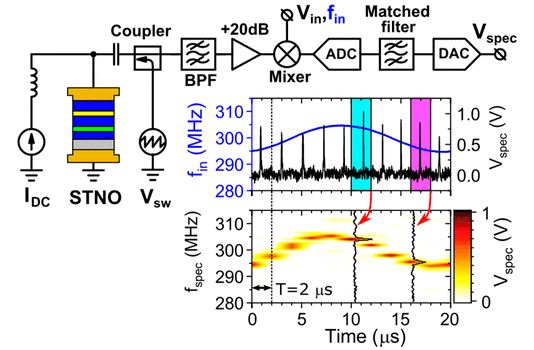
We demonstrate that a spin-torque nano-oscillator (STNO) rapidly sweep-tuned by a bias voltage can be used to perform an ultrafast time-resolved spectral analysis of frequency-manipulated microwave signals. The critical reduction in the time of the spectral analysis comes from the naturally small-time constants of a nanosized STNO (1−100 ns). The demonstration is performed on a vortex-state STNO generating in a frequency range around 300 MHz, when frequency down-conversion and matched filtering is used for signal processing. It is shown that this STNO-based spectrum analyzer can perform analysis of frequency-agile signals, having multiple rapidly changing frequency components with temporal resolution in a μs time scale and frequency resolution limited only by the “bandwidth” theorem. Our calculations show that using uniform magnetization state STNOs it would be possible to increase the operating frequency of a spectrum analyzer to tens of GHz. This work has been published in Nano Letters and can be accessed here.

